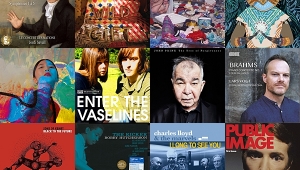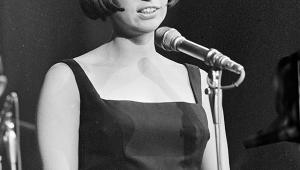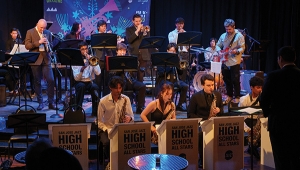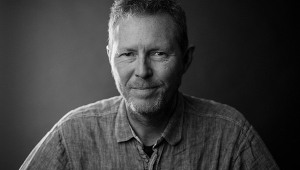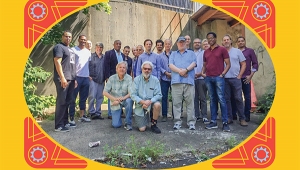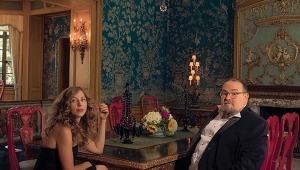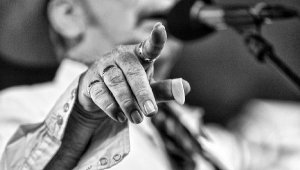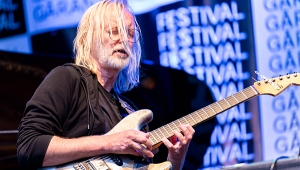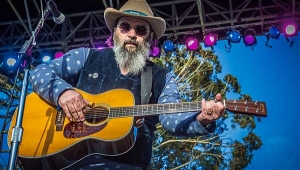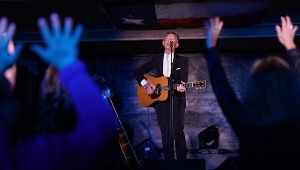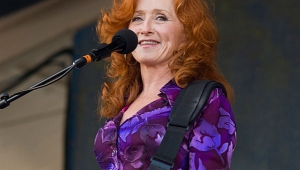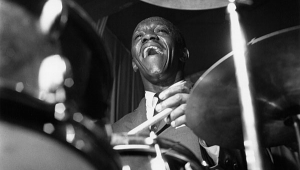| Columns Retired Columns & Blogs |
Ludwig van Beethoven's 32 Piano Sonatas Page 3
I couldn't move the piano. I therefore immediately abandoned any idea of recording either in surround or in 192kHz-sampled stereo. The challenge was going to be to use four mikes and channels and mix them down after the editing to get a two-channel balance on the CD that would sound sufficiently realistic to serve the music but without the early reflections making the sound too "bathroomy." On the bright side, with four channels I could still record at 24-bits/88.2kHz, making possible an eventual two-channel hi-rez release.
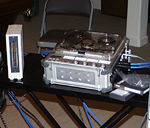 Session Time
Session Time
I set up my gear (see sidebar 2) in the basement, where resided a pretty decent home-theater system based on Wilson WATT/Puppies driven by Proceed electronics, and ran long mike cables up to the recital room. The signal path was minimal. The four mikes would feed ultra-low-noise preamps from Millennia Media, which in turn would be connected straight to dCS A/D converters linked via their word-clock reference inputs and outputs. Two channels would be stored on my Nagra-D, the other two on a Tascam multitrack machine arranged with a PrismSound "bit splitter" to operate as a high-resolution two-channel recorder.
The use of two different breeds of tape machine meant that I could not play the four channels back simultaneously at the sessions. However, once the data had been uploaded onto the Sonic Solutions' hard drives, because all four channels had been converted to digital using the same wordclock and therefore were bit-synchronous, they could be played back together. (This is not as trivial as it might sound: I therefore always start each take with a slapstick positioned at the exact center of the soundstage, which results in a full-scale pulse on each channel. Before I start editing and mixing on the Sonic, I use these pulses to visually time-align the four channels' waveforms on the Macintosh's screen.)
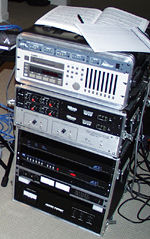 After some experimentation with mikes and mike positions—ah, the glory of having a mechanical pianist who can repeat identically the same passage over and over and over and over, without complaint!—I chose to use four DPA (originally Brüel & Kjaer) ½" capacitor mikes: a central ORTF pair of 4011 cardioids, flanked by a pair of 4006 omnis. The central pair would give tight, well-defined imaging, coupled with a superbly natural midrange, but would be a bit bass-light; the omnis would give hazy stereo but offer superb low-frequency extension and weight.
After some experimentation with mikes and mike positions—ah, the glory of having a mechanical pianist who can repeat identically the same passage over and over and over and over, without complaint!—I chose to use four DPA (originally Brüel & Kjaer) ½" capacitor mikes: a central ORTF pair of 4011 cardioids, flanked by a pair of 4006 omnis. The central pair would give tight, well-defined imaging, coupled with a superbly natural midrange, but would be a bit bass-light; the omnis would give hazy stereo but offer superb low-frequency extension and weight.
This was the basic array I had used for my 1997 Rhapsody recording of pianist Hyperion Knight. By varying the contributions of the two pairs of mikes in the final mix, I could trade off stereo imaging accuracy against tonal fidelity, or vice versa. And in this project, by varying the time alignment between the mike pairs, I hoped to be able to compensate somewhat for those early reflections.
I ended up close to where Jim had remembered the NPR engineer placing his mikes: about 10' in the air and 10' from the piano, looking down the line of the open lid. The basic balance from the cardioid pair was still a bit reverberant for my tastes—that master, Keith Johnson, had apparently hung blankets over some of the bare walls and the lip of the balcony—but if I went any closer to the piano, the LF thumps from the instrument's action became too prominent.
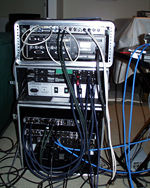 Because the piano had been set up for live recitals, it was angled toward the absent audience. As can be seen in the photos, the center of the soundstage is therefore the "point" of the instrument, at the treble end of the keyboard. This means that the bass strings run the entire width of the stage, but the treble strings are actually right of center. (I wonder how many record critics will therefore accuse us of having reversed the channels!)
Because the piano had been set up for live recitals, it was angled toward the absent audience. As can be seen in the photos, the center of the soundstage is therefore the "point" of the instrument, at the treble end of the keyboard. This means that the bass strings run the entire width of the stage, but the treble strings are actually right of center. (I wonder how many record critics will therefore accuse us of having reversed the channels!)
We listened to some test recordings on the WATTs: oh, the delicacy of the mids, the purity of the highs, the overall clarity, the blackness of the background. In fact, despite its proximity to a couple of major roads, this was the quietest venue I have ever recorded in, other than studios.
- Log in or register to post comments
